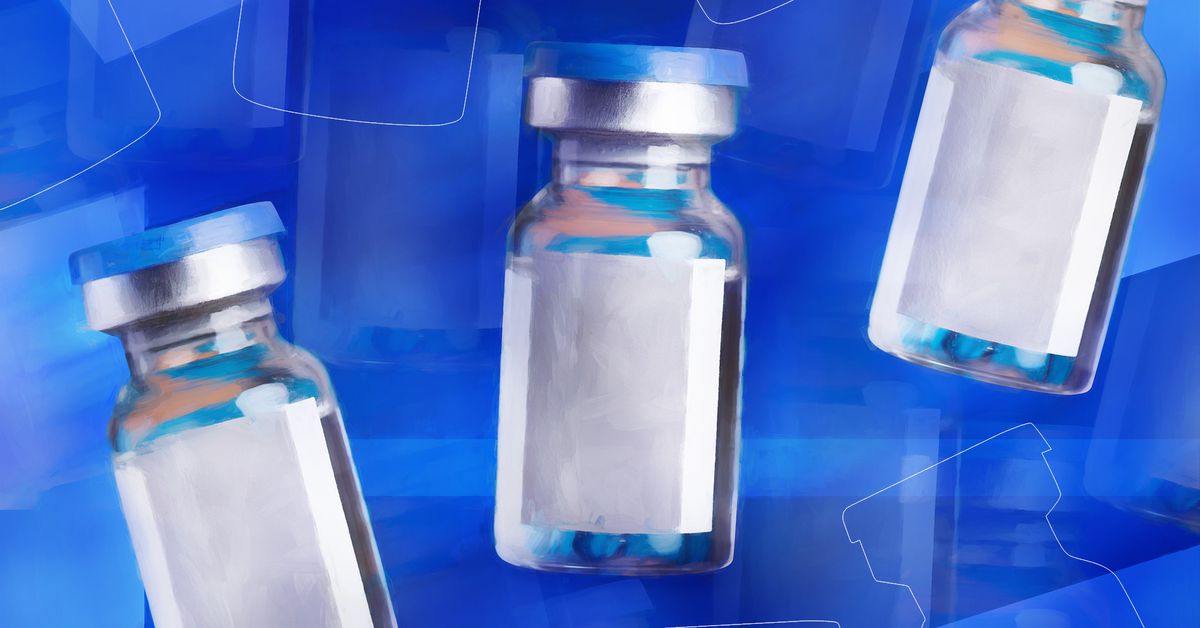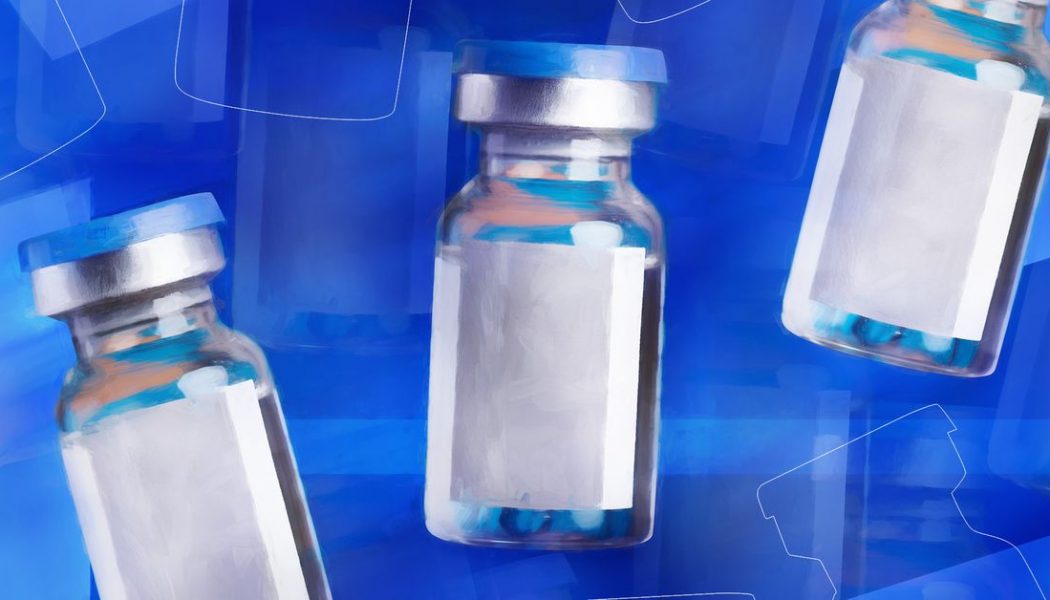
Billions of dollars have been spent fighting the pandemic, with a huge proportion of that money going towards vaccine development. Other areas of research have also gotten a big boost during the pandemic — and the results could make a huge difference to public health in the future.
Here are some of the big winners in the pandemic-inspired funding race.
mRNA Vaccines — The astounding success of both the Pfizer / BioNtech and Moderna vaccines has set the stage for the development of other highly-customizable vaccines in the future. The beauty of the vaccines is that they are basically blueprints — they use a genetic code to tell the body to build tiny molecular targets. The body’s immune system then goes to town on target practice and builds up immunity so that if a real threat — like the coronavirus — shows up, it can quickly respond.
Researchers have been working on the basic science around mRNA vaccines for years, but haven’t been able to get a truly big break until now. They were getting funding, but remained in the shadow of the “biotech valley of death” — the gap between a research discovery and commercialization. Now that they’ve proven themselves in clinical trials, and been used to vaccinate millions of people — suddenly they are poised for a massive boom. With production ramping up, researchers see hope for diseases including HIV and sickle-cell anemia.
Their success is a big win for drug companies (and the stock market) but also for researchers and smaller suppliers. Specialty biotech companies that produce the nanoparticles which hold the vaccines’ genetic material have been booming, with some increasing their production 50-fold. The authorizations, great clinical trial results, and investments in this kind of manufacturing might mean that we see more mRNA vaccines in the future.
Rapid molecular testing — Before COVID-19 a handful of companies were working on diagnostic tests for flu, sexually transmitted diseases, a boatload of other ailments. These quick, easy tests could look for the genetic material of a virus in patient samples without needing a slow trip to the lab.
When these companies started seeing the reports of this new virus, many of them pivoted. Their tests could detect viruses — why not train them to detect this virus? Suddenly, they went from being an academic exercise (also languishing in the valley of death) to investors pouring hundreds of millions of dollars into their technology. These rapid tests could make it easier to diagnose diseases in the future. For more on the boom in rapid molecular testing, read my colleague Nicole Wetsman’s excellent story from this week.
Long COVID — This one’s a little different from the others, but it’s also a notable new area of research that’s emerged during the pandemic. A few weeks ago, the National Institutes of Health announced a new $1.15 billion commitment to research “long COVID.” Some people who get infected with the virus end up having symptoms that persist for months — and researchers still don’t know why.
The four-year initiative will help drive research into why this happens, who is affected, and what the long-lasting effects are, among other questions. It’s a big boost for people who suffer from long COVID and other diseases with extended recovery times — whether they’re viral or not. These kinds of symptoms are often overlooked, but, as Julia Belluz points out at Vox, they definitely aren’t unique to COVID.
All of this money allowed scientists to start grappling with a new, emerging threat. The millions, and in some cases, billions of dollars have allowed new technologies to prove themselves. These are investments that have the potential to change how we look at older diseases that have been with us for ages, in addition to newer, emerging threats.
The question now is how we move that urgency and funding into medicine more broadly, after this particular pandemic has passed us by.
Here’s what else happened this week.
Research
Women report worse side effects after a COVID-19 vaccine
As with many other vaccines, women tend to respond differently to COVID-19 shots, often reporting worse side effects than men. (Melinda Wenner Moyer / The New York Times)
Unlocking the mysteries of long COVID
Take a deep look into some of the existing research into long COVID in this extensive feature from The Atlantic. (Meghan O’Rourke / The Atlantic)
Development
Meet Dr. B, the startup promising a better way to distribute leftover vaccines
Efforts to connect people to leftover vaccines in the US have started to coalesce around a startup called Dr. B. Here’s how it works. (Russell Brandom / The Verge)
Oxford-AstraZeneca: EU says ‘no indication’ vaccine linked to clots
A number of countries suspended use of the Oxford-AstraZeneca vaccines over fears that it might be linked to blood clots. But soon after, the EU regulator said there was no indication that the shots were linked to clots. (BBC)
COVID-19 vaccines targeting multiple variants are in the works at Moderna, Novavax
Companies are starting work on vaccines that will target multiple variants of the coronavirus instead of a single variant. (Jared Hopkins / The Wall Street Journal)
Perspectives:
On March 10th, I took a selfie with a woman who had fallen asleep on me during my commute home. I joked that “social distancing in NYC is going great!” The next day, I showed up to the office and only a handful of my colleagues were in, but all of the snacks were gone. I had a few bags of chips stowed away at my desk, and I used chopsticks to eat them because I was afraid of touching my mouth.
— Verge Science’s own Cory Zapatka remembers a year ago this week, when the pandemic was officially declared. He and other Verge staffers shared their memories from the start of the pandemic.
“They don’t say, ‘Yes, I ended up here because of the coronavirus…But what they tell you about is a chaotic world, of ‘Yes, I’m not doing my activities any more,’ ‘I’m no longer doing my music,’ ‘Going to school is hard in the mornings,’ ‘I am having difficulty waking up,’ ‘I am fed up with the mask.’”
— Dr. Richard Delorme tells the Associated Press about the children he treats at a pediatric hospital in France. There has been a global rise in mental health issues in children during this pandemic.
More than numbers
To the more than 118,910,684 people worldwide who have tested positive, may your road to recovery be smooth.
To the families and friends of the 2,641,844 people who have died worldwide — 532,593 of those in the US — your loved ones are not forgotten.
Stay safe, everyone.
Correction 3/13/2021 11:00AM: A previous version of this article misstated the global death toll. More than 2,641,844 people have died worldwide, not 118,910,684. We regret the error.









